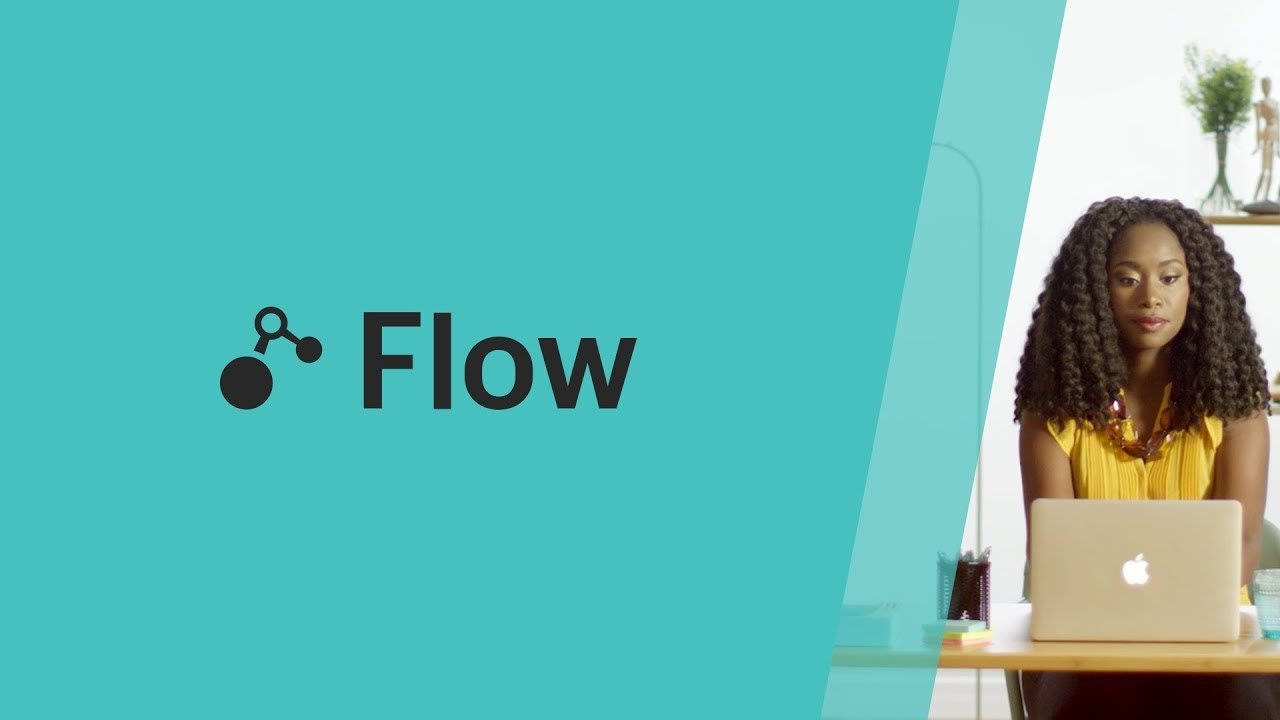14 Dec

Being an ecommerce store owner there are lots of tasks that might only take a few minutes to execute. But when your store grows it can make it difficult for you and your staff to manage things.
Hence, Shopify Flow is the solution which is software that streamlines those manual tasks. This gives your team back that valuable time that can be spent growing bigger and faster.
What is Shopify Flow?
Shopify Flow is an ecommerce automation platform that helps you reclaim your time and focus on growing your business. With Flow, it’s easy to automate tasks and ideas within your store and across your apps.
With flow you can get more work done in less time. You can choose a template from the library and start the work right away. Also, you can use a visual builder to customize flow for your business.
Pricing: Shopify flow is free, but to add this to your store you should be on Shopify Plus plan. Shopify flow is available in the Shopify App Store.
How Does Shopify Flow Work
There are lots of ways that you can use Flow to automate tasks and free up your time.
Plus, many of the automations use 3 step visual builder hence, no coding or development expertise are required:
1. Triggers
A trigger is an event that starts a workflow, and can be something that happens in your store or in an app.
Example: A new order is created in your online store.
2. Conditions
A condition can determine whether an action will be taken based on the conditions that you have set.
Example: A condition is set to check whether the total amount paid for the order is over $200.
3. Actions
An action is a change that’s made to your store or in an app if the condition is met, and ends the workflow.
Example: If the total amount paid for the order is over $200, then a tag is added to the customer account that placed the order.
There is a library of pre-made workflow templates in Shopify Flow, it only takes seconds to automate your tasks hence you don’t need to hire a developer. Flow templates are organized by different areas of your business, such as buyer experience, loyalty, inventory and promotions.
These templates contain the core elements you need to start tracking common business practices, such as reordering stock or rewarding loyal customers. All you need to do is select the relevant template and customize it to your choice.
What Kind of Tasks Can It Help You With?
Here are some of the most popular types of workflows for ecommerce stores.
Manage your inventory
One of the most obvious things to automate in Shopify Flow is your inventory management. Whether you want to automatically order more stock or raise tickets in Asana when a product’s inventory drops below a specific threshold, you can use this workflow to make sure you never run out of popular items.
Get notified about high-risk orders
With Shopify Flow, you can trigger notifications when high-risk orders are placed to make them easier to review, or set an action to automatically cancel orders that seem fraudulent.
Reward your best customers
Whether you want to reward customers based on their lifetime spend or because of a recent high-value order, you can use Shopify Flow to automatically send out loyalty rewards to your best customers. You can also create workflows that tag customers with high average order values as VIPs, making your personalized marketing efforts much simpler.
Hide out-of-stock products
Having out-of-stock products is a completely normal part of running an ecommerce business – but it’s essential that you communicate which products are out of stock with your customer. Having category pages filled with unavailable products is a sure way to dampen your customer’s shopping experience.
To avoid this common mishap, you can create workflows that automatically hide out-of-stock items from your online store, as well as notifying your marketing team to pause any ads featuring those products. The restocked items will, be automatically be republished on your site.
Send discount codes after a customer’s second order
Increase customer loyalty and repeat purchase rates with this handy workflow. After a customer places their second order, you can create an action that sends them an email, text or push notification with a discount code for their next purchase.
How Shopify Flow Has Evolved
Detailed Workflow Monitoring— Embedded in Flow, this feature helps track how workflows are performing at a glance, view a list of all workflow runs for easy troubleshooting, and increased visibility into individual workflow behavior, so you can hone in on any issues.
New Ways to Automate— Flow can start a workflow when a draft order is created with the draft order trigger, update customer note action, and includes an “any, all, or none condition functionality” with product fulfillment conditions.
Connector Apps— Shopify works with a variety of apps, that when installed, their custom triggers and actions are automatically available for you to use in Shopify Flow.
Connect your business tools
Shopify Flow supports numerous apps, including Asana, Google Sheets, LoyaltyLion, Nosto, Smile.io, Trello, and many more. By connecting your essential business tools to your Flow platform, you open the door to dozens more workflows.
Conclusion
Automation is literally the future of ecommerce and with Flow, you can focus on building and growing your business. Shopify Flow can give you back the time to focus on growth of your business.
